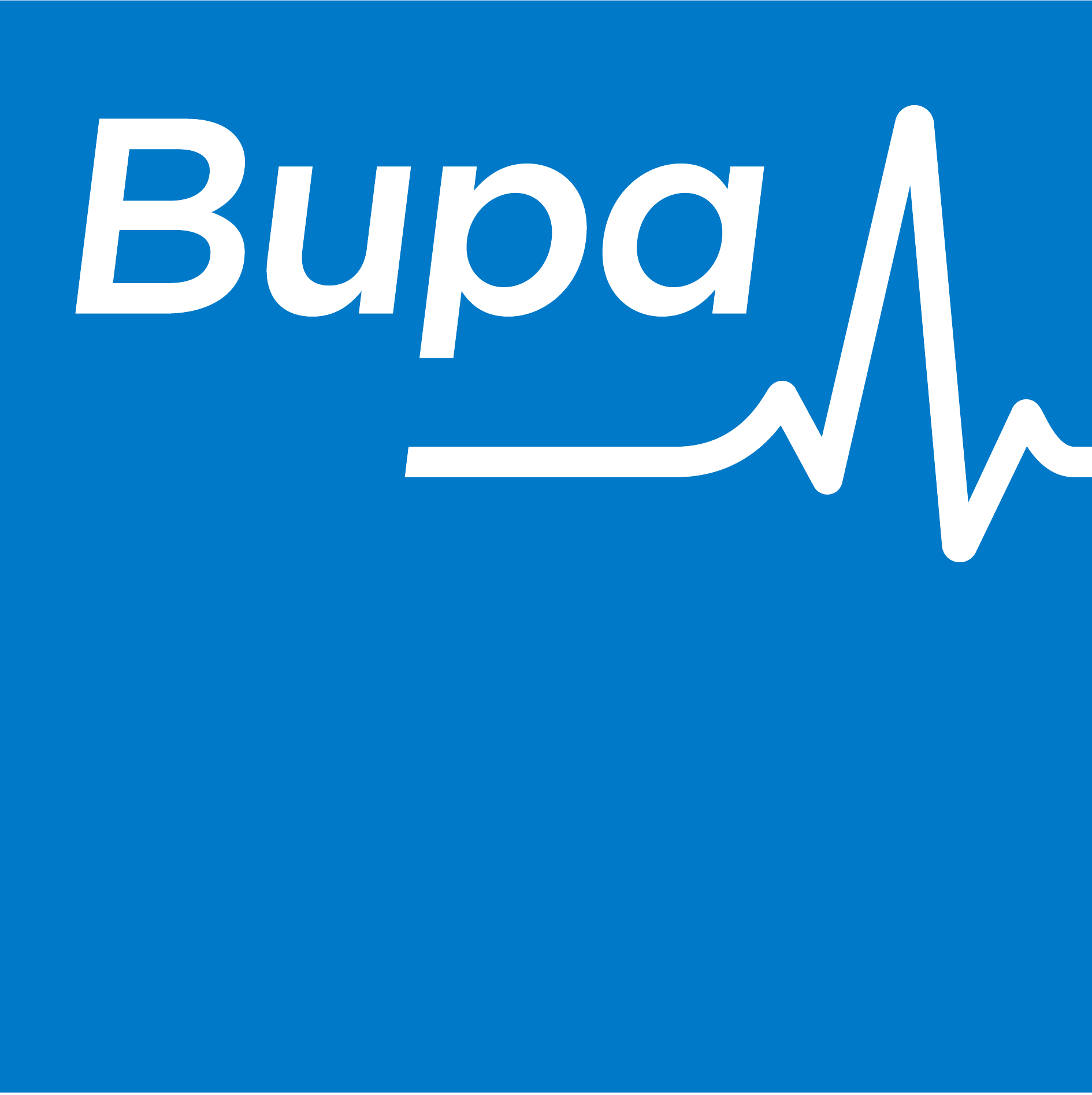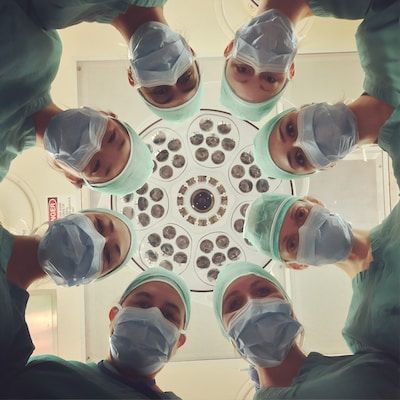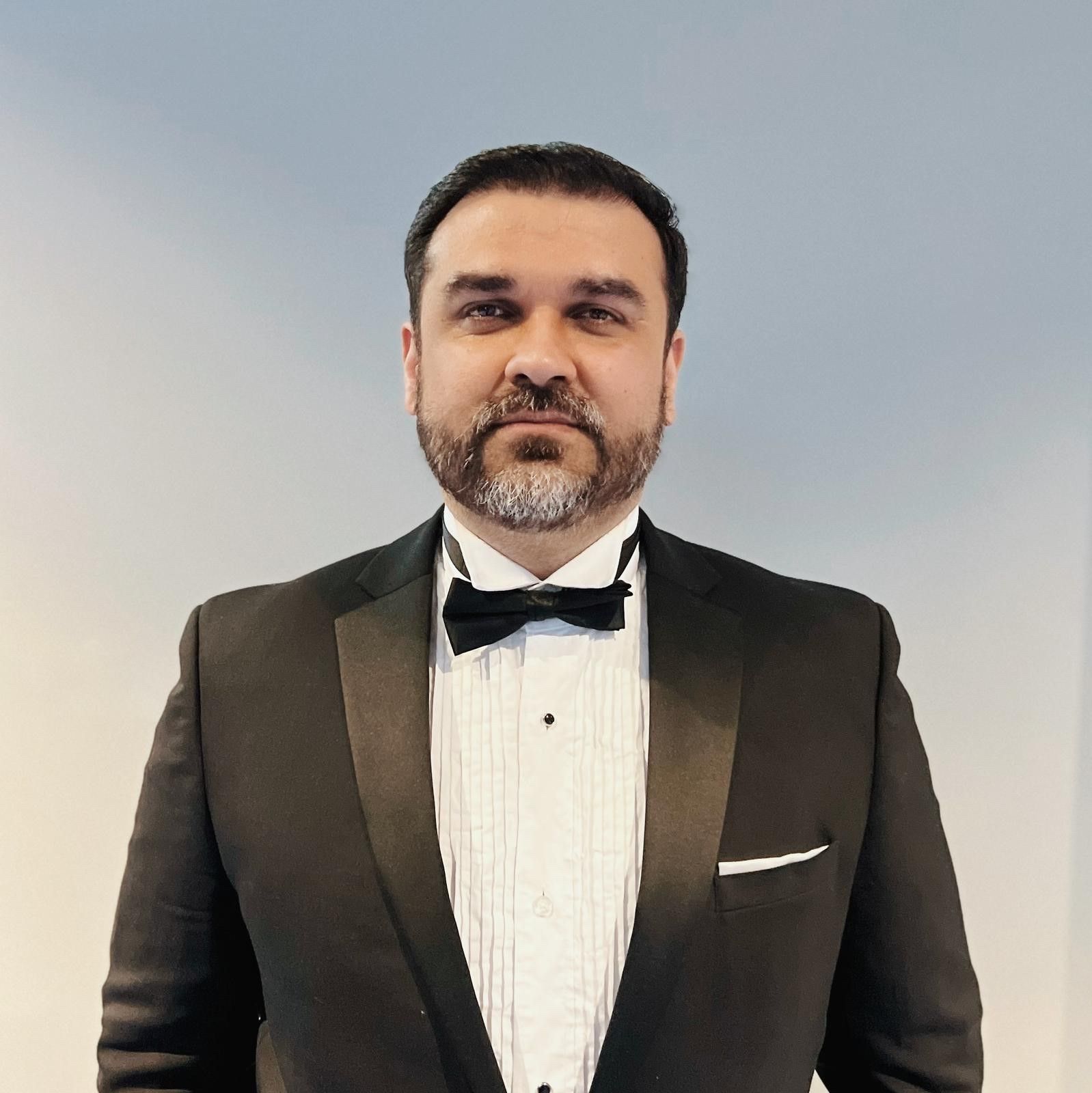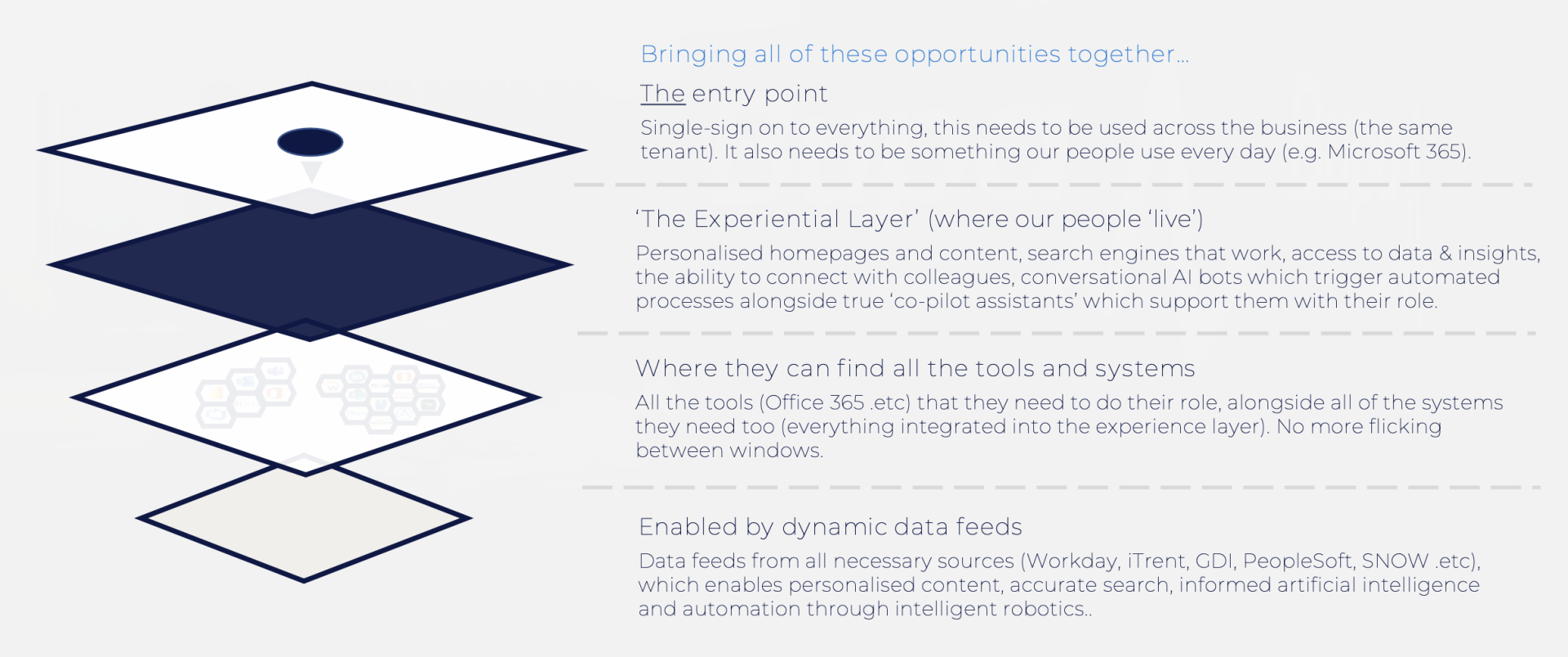The EX Files
Bupa’s journey towards consumer grade tech to unlock a brilliant digital experience


Setting the scene
Bupa are a global healthcare organisation with 82,000 employees worldwide. Offering a range of services, including; health Insurance, dental care, aged care and clinical care, Bupa have a purpose to help people live longer, healthier, happier lives and making the world better. They are on a mission to become the ‘most customer centric healthcare company’ in the world.
Internally the mission is to provide a market leading digital experience for their people, enabling them to connect with each other and interact effortlessly.
This involves three pillars of focus:
This involves three pillars of focus:
> Active listening
> Continuous improvement
> Human centred design
The solution
Riffat Ahmed, Head
of People Technology and Digital at Bupa UK, and his team set about changing
this, taking a human-centred design-approach to genuinely
understand what employees need and want from their digital experience.

The team began by taking the time to genuinely understand exactly what makes a digital experience ‘consumer grade’?
They spent a great deal of time and energy distilling this complex question into some clear and simple design principles. In summary a consumer grade digital experience at Bupa needs to:
1. Be simple – Streamlined processes, which get users to what they need via limited steps.
They spent a great deal of time and energy distilling this complex question into some clear and simple design principles. In summary a consumer grade digital experience at Bupa needs to:
1. Be simple – Streamlined processes, which get users to what they need via limited steps.
2. Look good – Users comfort and confidence in a product is improved when it’s visually engaging and appealing.
3. Be intuitive - Can users get to grips with the product easily? With little need for direction and training?
4. Be accessible - By anyone, anywhere and can be integrated across platforms without loss of usability.
3. Be intuitive - Can users get to grips with the product easily? With little need for direction and training?
4. Be accessible - By anyone, anywhere and can be integrated across platforms without loss of usability.
Riffat and his team then used employee personas to help
them view the experience from different points of view and understand the
different users needs. From this
research they identified a range of opportunities to improve the digital
experience for their people:
Personalisation
Relevant content, ‘pushed’ to people when they need it.
‘Intelligent search’
Search engines that work. Bringing content and information about colleagues together.
Automation
Reduce manual input required to trigger processes and acquire data & insight.
Artificial Intelligence
Predictive AI which uses ‘natural language models’ to answer questions, alongside Generative AI ‘co-pilots’ which assist someone in their role.
Integration
All systems plugged-in to one ‘layer’, allowing everything to be accessed in one ‘window’
Personalisation
Relevant content, ‘pushed’ to people when they need it.
‘Intelligent search’
Search engines that work. Bringing content and information about colleagues together.
Automation
Reduce manual input required to trigger processes and acquire data & insight.
Artificial Intelligence
Predictive AI which uses ‘natural language models’ to answer questions, alongside Generative AI ‘co-pilots’ which assist someone in their role.
Integration
All systems plugged-in to one ‘layer’, allowing everything to be accessed in one ‘window’
In summary, the key opportunity was simply to make things easier to use! This led Riffat and his team to ask themselves what they could give to employees to improve their digital experience. The team are now on a transformational journey to improve the digital experience their people have and the improvements they are making have not been designed in isolation but in response the robust discovery work undertaken.

One of the most fundamental changes they are making is to provide a ‘single entry point’, kind of like a front door that provides access to the various tools and resources available. So rather than having to search for and then sign into different tools and apps, the single entry point takes employees through to what they call the ‘The Experiential Layer’, which they describe as ‘where our people live’. This layer involves personalised homepages and content, search engines that work, access to data & insights, the ability to connect with colleagues, conversational AI bots which trigger automated processes alongside true ‘co-pilot assistants’ which support them with their role.

The journey is still work in progress, but Riffat has promised to come back and give us an update on their transformation.
Company: Bupa
Sector: Healthcare
Size: 80,000 employees
Sector: Healthcare
Size: 80,000 employees

